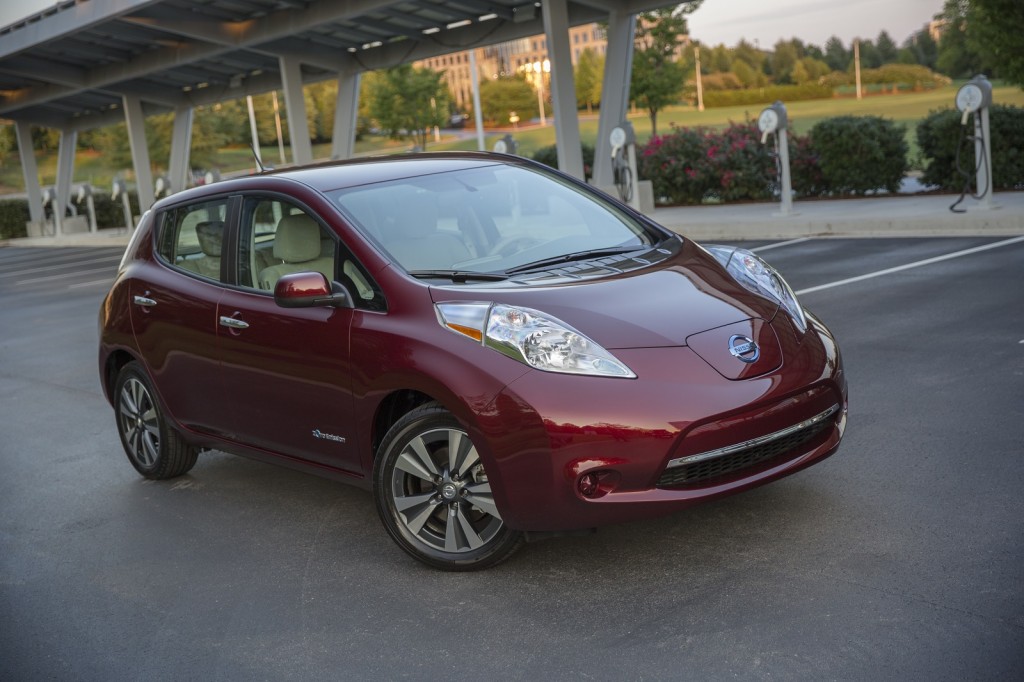What would it take to convert an entire country to 100-percent renewable energy?
How about a country that occupies an entire continent?
Australian climate think tank Beyond Zero Emissions is publishing a series of plans addressing how different aspects of the country's economy and infrastructure can be converted to renewable energy.
DON'T MISS: Australia's AAA will test emissions of top 30 cars; government won't, it says
As part of its assessment—known as the Zero Carbon Australia Project—the group put a price on converting Australia's entire fleet to electric cars, claiming that goal is achievable.
The electric-car push is part of one of six plans that address stationary power generation, renewable energy for businesses, transportation, and industry, as well as the issues of land use and economic impact.
The transportation plan in turn is broken down into reports on electric vehicles and high-speed rail, with reports on other forms of public transportation and freight transport forthcoming.

2016 Nissan Leaf
They also account for 6 percent of overall greenhouse-gas emissions in the country.
Switching to electric cars charged using renewable sources would eliminate those emissions, converting passenger cars used in more rural areas to electric power would reduce emissions by another 2 percent, the report says.
ALSO SEE: Australian electric off-roader will never see the light of day
It claims that goal is fairly attainable.
Gradually phasing out internal-combustion cars over a 10-year period between 2015 and 2025 would cost at most approximately 25 percent more than a "business-as-usual" scenario in which electric-car adoption proceeds at its current pace, the report claims.
The total cost would be approximately $250 billion (in 2014 real Australian dollars) per year over the period between 2015 and 2035, it claims.

Photovoltaic solar power field at Volkswagen plant in Chattanooga, Tennessee
Researchers also looked at a "low-cost scenario," in which prices for electric cars and battery cells drop significantly, maintenance costs are lower than current projections, and gas prices are higher.
In that scenario, a transition to electric cars between 2015 and 2025 would cost the same as the "business-as-usual" scenario.
MORE: Fueled By Battery Boom: A Lithium Rush For Australia's Outback?
Charging infrastructure to support the enlarged fleet of electric cars would cost $295 per capita annually between 2015 and 2035, the report claims.
That assumes heavier reliance on public Level 2 AC charging stations, with smaller amounts of home Level 2 stations and DC fast-charging stations.
In addition to electric passenger cars, the report looks at other modes of transportation.

BYD K9 All-Electric Bus
In addition, a separate report on high-speed rail argues that it is a more attractive alternative to commercial flights in terms of emissions.
Other reports advocate further emissions reductions through more-efficient buildings and land use, and the conversion of Australia's industries to renewable energy.
_______________________________________________












